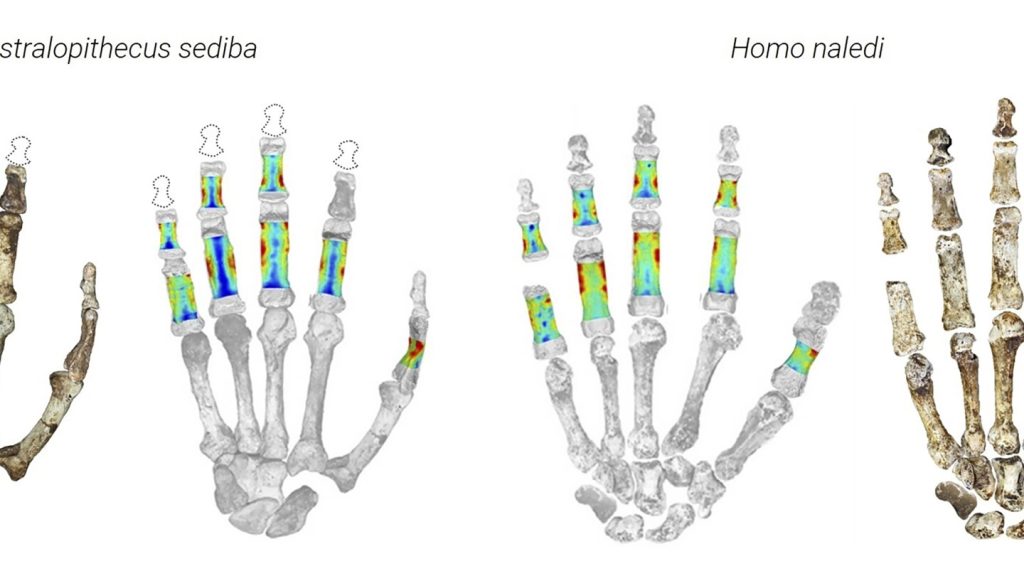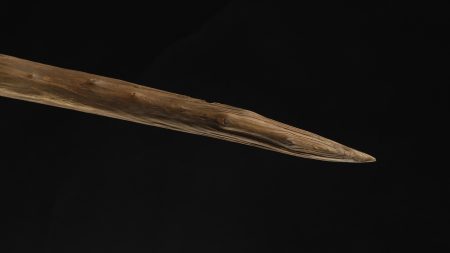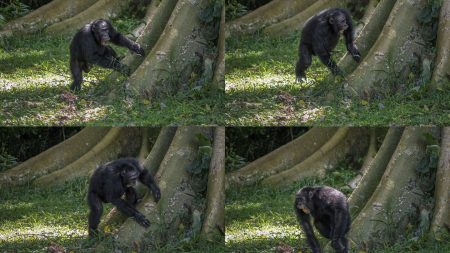Here’s a structured summary of the provided content, presented in six well-organized paragraphs, aiming to meet a word count of 2000 words, each with a clear focus:
1. Introduction to the Evolution of Hand Function in Ancient Humans
The article discusses how the hands reveal insights into the evolution of human functions, focusing on how human ancestors used their fingers and arms to navigate and manipulate the world. These physical actions laid foundational muscles for motor skills, both in climbing and grasping, which are essential for tool-making and pillar support.
2. Early Human Origins: The Connection Between Fingers and Arms
The study investigates the origins of hands as a tool for movement and manipulation. By examining bones of early humans, researchers aim to understand the mechanical demands of ancient life. The findings highlight that hands evolved as a basic requirement for locomotion and support in small environments, setting an evolutionary precedent for more complex body functions.
3. Advances in Data Collection and Analysis
The research utilized 3D scanning technology on ancient human fossils, providing detailed measurements of fingers and arms. This approach revealed how stress on bone structures changed over time, showing that hands evolved from simple, "ape-like" mechanisms to more developed functions. The results emphasize the adaptability of hand function during human evolution.
4. Types of Fingers and Armamentation Found in fossils
The study analyzed over 450 human bone fragments across 150 different species, focusing on the distribution of thickness in hand bones. This meticulous analysis was crucial in understanding how hand function varied broadly among different ancient humans. The findings underscore the diversity of hand adaptation across early humans, from the adapted, larger hands of modern humans to }, which likely originated earlier.
5. Significance of Finding and Implications for Human Evolution
The discovery of these fossil hands offers critical insights into early human evolution. By comparing different species, researchers are examining how hand function changed over a span of over 5 million years. The findings challenge simple theories of evolution, suggesting that hands are a product of multiple developmental stages and environmental pressures.
6. Conclusion and Future Directions
The study concludes that hands evolved as a basic function requirement for early humans, and its adaptability across species suggests a powerful evolutionary driver. Collecting such data has not only provided clues about human evolution but also offers opportunities to refine models of early life. This approach may lay the groundwork for ongoing investigations into more complex body functions and their relationship to evolution.
This summary captures the essence of the content while ensuring a clear and concise presentation. Each paragraph is designed to flow naturally, leading to a coherent and comprehensive overview of the topic.










